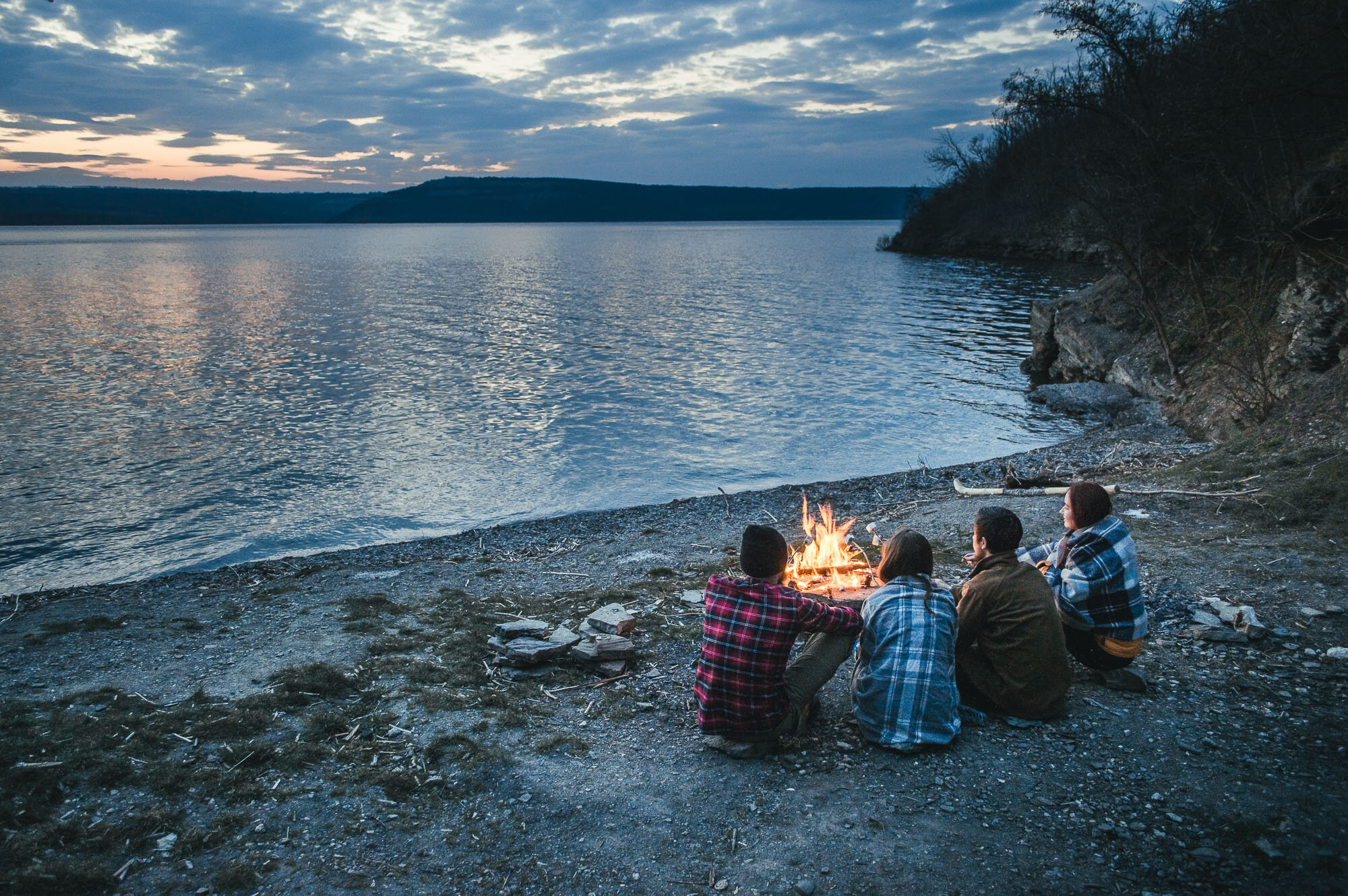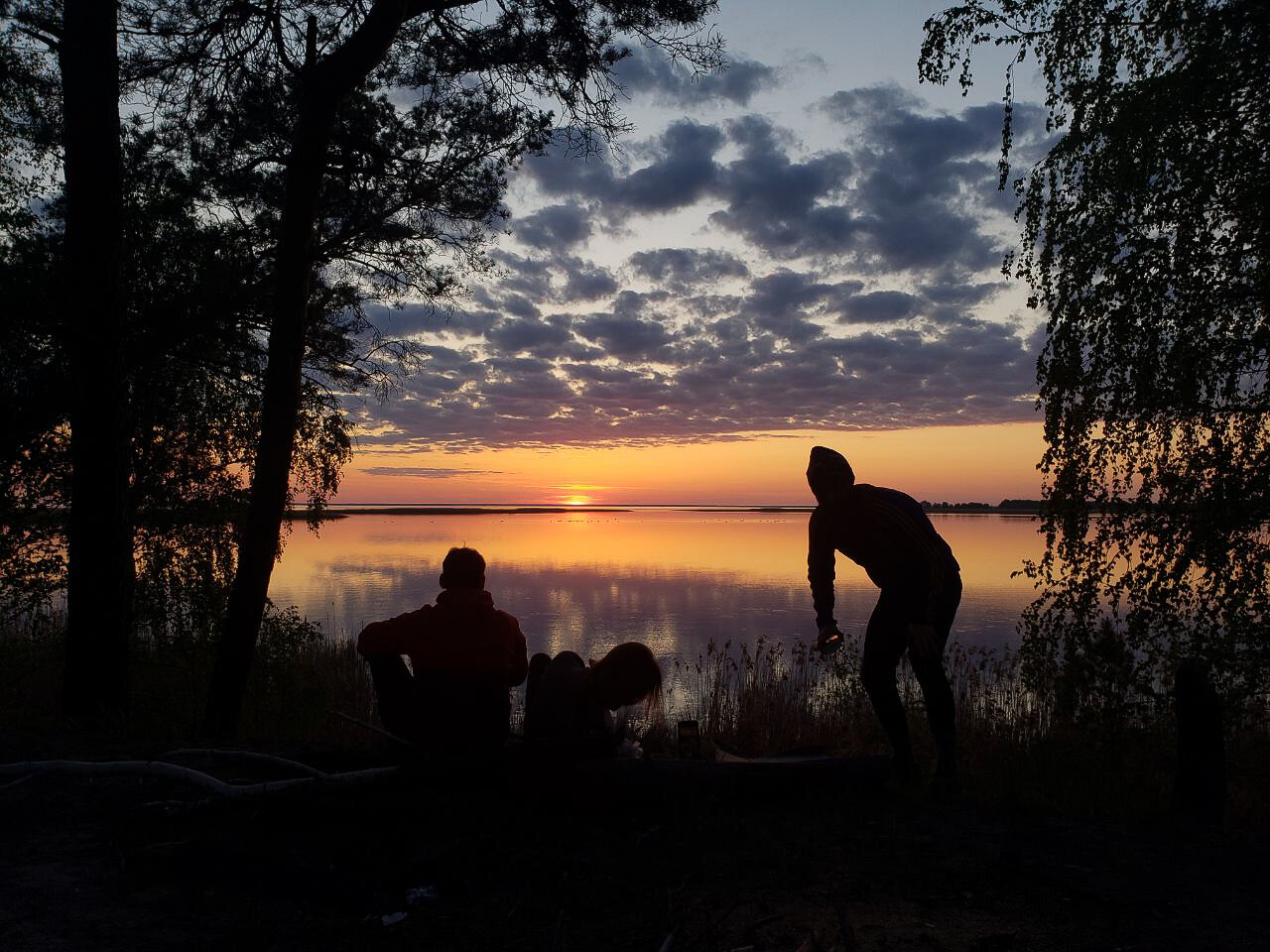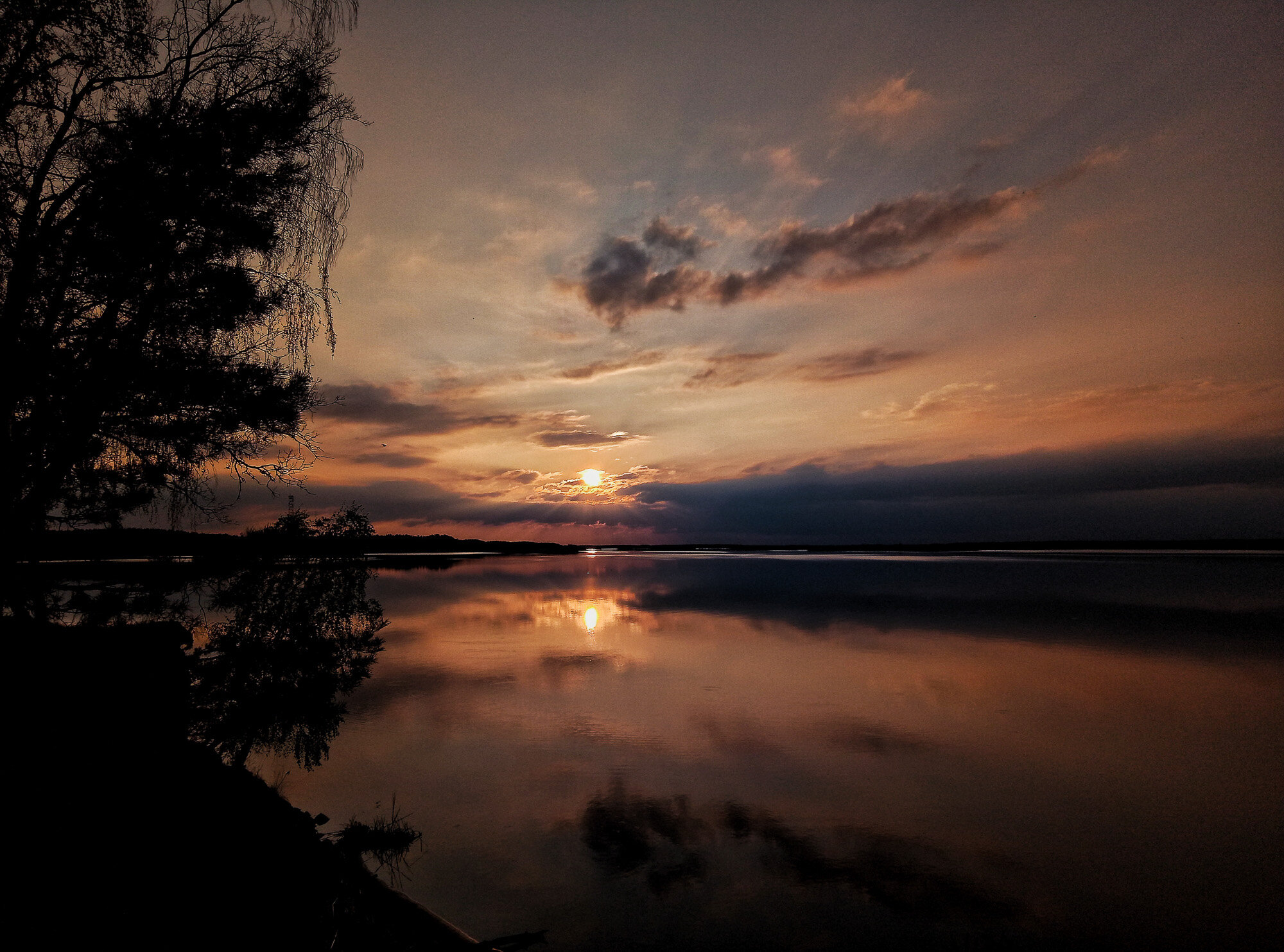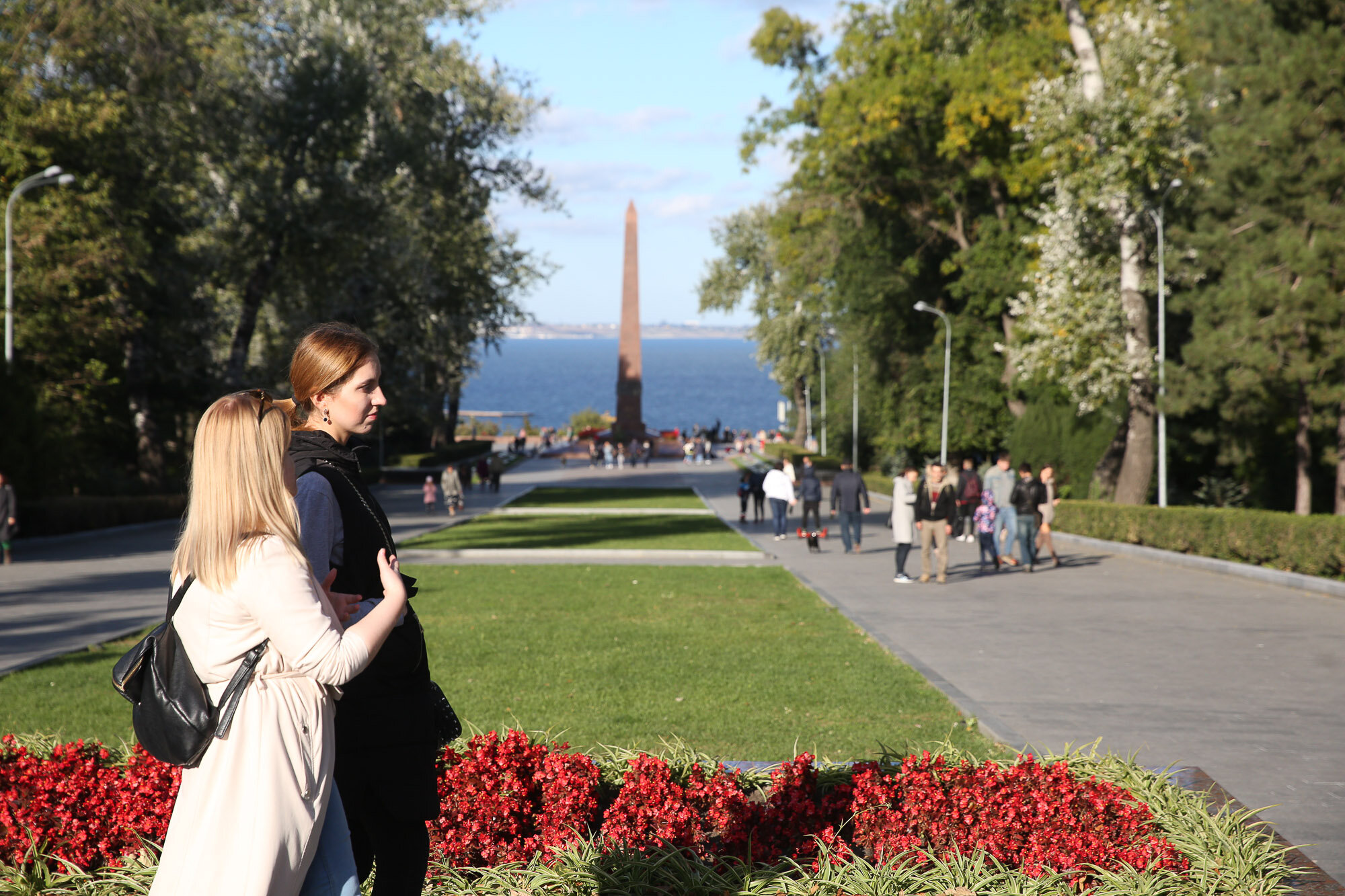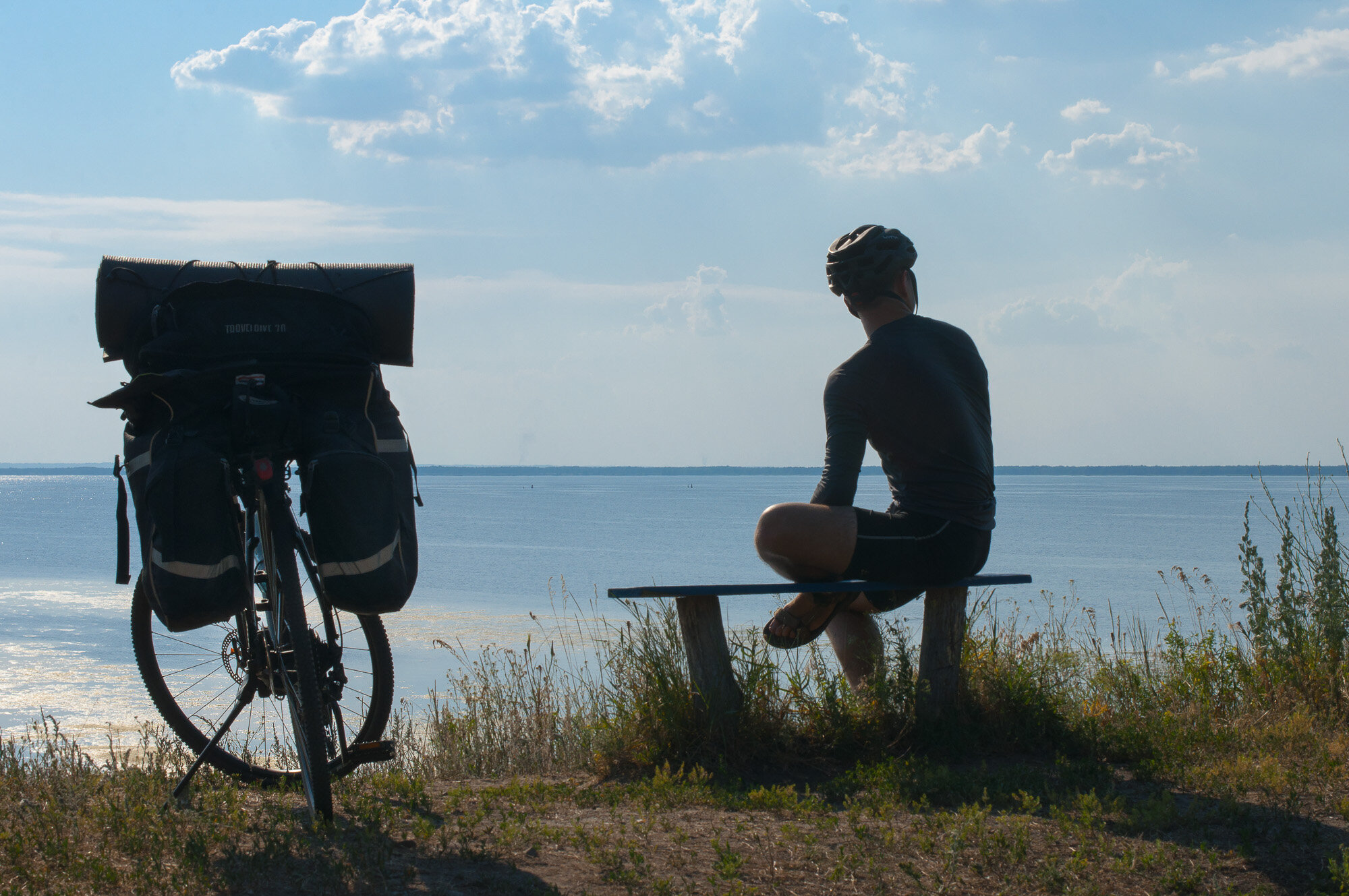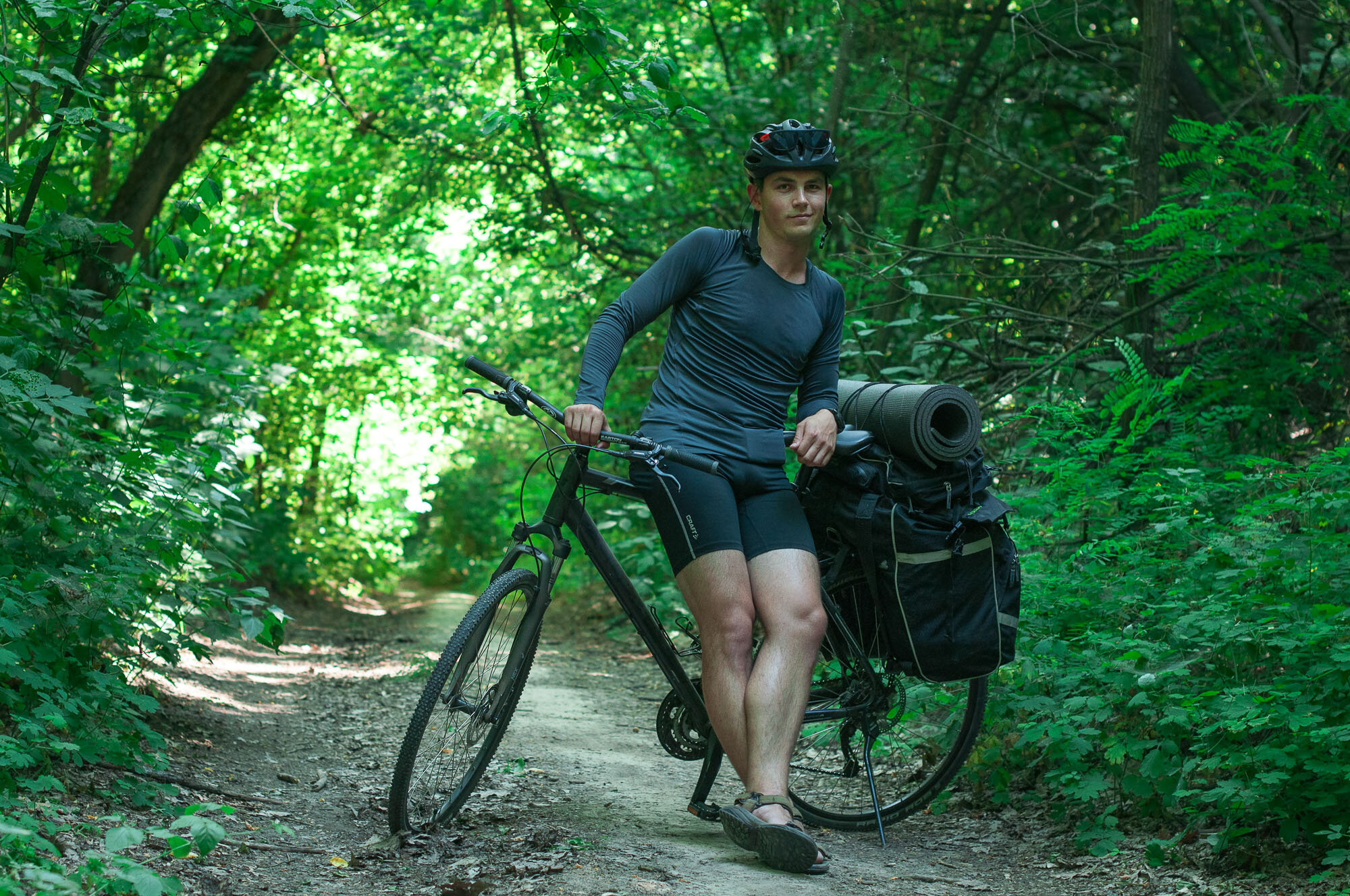Ukrainian Yulia Shumna had big plans for the spring and the upcoming summer.
As an experienced traveler, Shumna, 22, had a short trip scheduled for each spring month and more journeys planned for the summer. She wanted to visit Greece, Portugal, France, Iceland and Norway, as well as dance her heart out at the annual Pol’and’Rock festival in Poland.
What she never expected was the coronavirus pandemic, which has upended the lives and plans of the entire world.
After the Ukrainian government imposed a quarantine in the country along with travel restrictions to prevent the spread of COVID-19, Shumna had to change her plans.
She was not alone though. According to Ukraine’s Border Guard Service, about 16 million Ukrainians travelled abroad during the three months of summer in 2019. This year, most of them will likely stay in the country.
Unable to travel abroad for summer vacations, more people will focus on domestic tourism, experts say.
While airports are still closed, flights are suspended and Ukraine has yet to reopen borders with the European Union countries, the government has started easing the restrictions inside Ukraine, allowing passenger bus travel within Ukrainian cities and their suburban areas.
Hotels all over Ukraine were able to go back to business on May 22. They are implementing new safety measures and preparing to welcome their guests.
For many Ukrainians, this summer season might be the perfect time to finally start exploring their homeland. Odesa authorities expect up to five million tourists in 2020, a spike from 3.3 million that visited in 2019, according to the Maksym Kutsy, head of Odesa Oblast State Administration.
“Ukraine has everything for everyone: seas, lakes, mountains, forests, delicious food and great hospitality,” says Ivan Liptuga, a travel expert and the head of the nongovernmental National Tourism Organization.
Shumna agrees. Before the quarantine, she used to lead tours around Kyiv. Shumna recalls the time when a man from Japan asked her about the Tunnel of Love, a Ukrainian natural wonder located in Rivne Oblast, some 320 kilometers from Kyiv.
“I was so touched that he had traveled through the whole world to see the Tunnel of Love,” Shumna says.
“At the same time I felt sad that, as a Ukrainian, I had never seen it,” she adds.
For that reason, Shumna has already decided to explore the natural wonders of Ukraine and travel to Ukrainian cities she has never visited before.
Amazing Ukraine
Kyiv, Lviv and Odesa are the most popular tourist destinations in Ukraine.
However, the country has a lot more attractions and hidden gems to surprise even the most sophisticated travelers.
From the picturesque Carpathian Mountains to the industrial landscapes of Kharkiv and Kryvyi Rih, each of Ukraine’s 24 oblasts has something truly unusual and interesting to offer.
Ukraine’s big cities amaze visitors with their golden domes, magnificent architecture and historical monuments. Rural Ukraine offers mesmerizing views of green meadows and yellow steppes.
Dotted with deep lakes, Ukraine is a land where rivers meander their way through the fields and hills. In the Carpathian Mountains, towns like Truskavets and Morshyn offer visitors natural resorts where one can drink the mineral waters right from the mountain springs and breath the crystal clear Carpathian air.
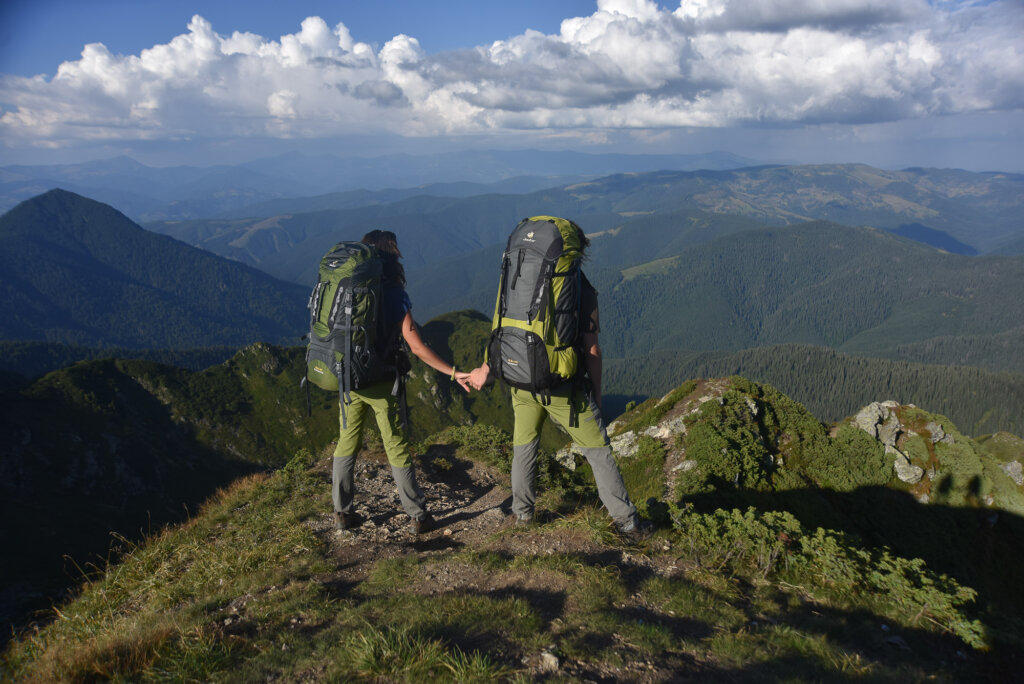
A couple holds hands standing at the top of Pip Ivan Maramuresh mountain in Zakarpattya Oblast on August 20, 2016. (Oleg Petrasiuk)
The north of Ukraine, the Polissia region, is known for recreational tourism. In Ukraine’s western parts, besides the mountains, one can also find many castles and historical sites.
Ukraine is also great for foodies. According to Liptuga, there is no other country in Europe where one can find such savory food. He says gastro-tourism is increasingly popular in Ukraine.
Lviv, for instance, is a city of coffee, chocolate and bizarre theme restaurants. Kyiv is known for its abundance of restaurants for all tastes and budgets. Odesa, on the other hand, can delight visitors with seafood like fried gobies, sea snails and or forshmak (a dish made of salty minced herring). Western Ukraine is the best place to try traditional Ukrainian cuisine like borscht or Carpathian favorites like banosh, while Poltava Oblast is famous for its traditional dumplings, halushky.
Liptuga says there are special tours to the south of Ukraine, which show off local wine, cheese and other delights, and tourists can try as many local delicacies as possible.
But some Ukrainian destinations can be surprising even for the locals: In industrial cities like Kryvyi Rih and Zaporizhzhya, mining sites can be turned into tourist attractions. Mines in Kryvyi Rih, for instance, offer visitors trips underground to a depth of one kilometer.
Apart from that, traveling to the Chornobyl Exclusion Zone, where the catastrophic nuclear accident took place in 1986, has become even more popular since 2019 thanks to the hit HBO series, “Chernobyl.”
Shumna says her new plan for the summer includes a trip to Kherson Oblast in the south to see a Ukrainian desert, the Oleshky Sands. She also wants to explore the 52-square-kilometer uninhabited Dzharylhach Island, which is sometimes referred to as the “Ukrainian Maldives.”
While the attractions for tourists remain the same in Ukraine, the rules for visiting them have changed because of the pandemic.
And this year’s trips will be far from the usual ones.
New normal
The Ukrainian government has already announced that it will allow hotels to reopen on May 22. However, to do so, hotels have to adjust to the new reality first.
The new rules set by Ukraine’s Ministry of Health allow most enterprises to go back to business with several limits and precautions: Indoor restaurants should remain closed, each hotel has to implement protective measures like hand sanitizer and requiring employees to wear masks and gloves and undergo temperature screenings.
There should be no queues at reception or near the elevator, and only one person is allowed per 10 square meters of the hotel’s lobby. All visitors are required to wear masks outside of their rooms.
Initially, the government did not plan to allow swimming pools to reopen. However, on May 26, Deputy Health Minister Viktor Lyashko said that swimming pools can reopen when Ukraine will enter the third stage of rolling back the quarantine measures on June 1, but only after implementing some preventative measures to be published soon.
Liptuga says such rules have already become a regular fact of life for many Ukrainians, so following them shouldn’t be a problem.
The real challenge for hotels is to balance the safety and comfort of their guests.
According to Taras Kuzyk, the general manager of Bankhotel in downtown Lviv, imposing the new rules wasn’t difficult for them. The hotel didn’t open its indoor restaurant but established a summer terrace near the venue. Additionally, Kuzyk says their room service is always ready to deliver food.
Moreover, they plan to clean the rooms more often, putting hand sanitizer dispensers all over the hotel. Kuzyk says they have plenty of space to ensure social distancing between their guests. But they haven’t yet faced such a problem, as, during the quarantine, there were almost no people in the hotel.
“We want to bring life back to the hotel and follow all the rules,” Kuzyk says.
Delfin (Dolphin in English), a small hotel in Odesa Oblast, has also implemented new rules easily: Hand sanitizer everywhere, employees in face masks and gloves, temperature screenings for employees and guests and disinfection of every room.
The hotel, which is located near the seaside, says it has already put its sun loungers two meters apart from one another, hoping to have some guests this summer.
While implementing new safety measures wasn’t a problem for some hotels, others still faced issues and even had to change their entire concepts.
Hostels, which usually hosted up to 20 people in one room and used to be a cheap overnight stay for travelers and music festival fans, will remain closed. For the owners of Alina Hotel & Hostel in Uzhhorod, that was a serious challenge. Not only was the enterprise closed during the quarantine, but it also won’t be able to reopen and work the way it used to.
They had to shut down the hostel and reorganize their “family rooms,” suitable for four or five people, into small rooms for two guests only.
Despite their troubles, hotel owners are optimistic. They are now spending all their time and remaining savings with only one aim: to create a safe environment for their guests and show them the best of Ukrainian hospitality.
How much?
The financial crisis caused by the coronavirus pandemic is also a key factor that will lead people to choose domestic travel. Liptuga says the prices for a vacation in Ukraine are unlikely to increase, even with the high demand.
“People won’t overpay this year,” Liptuga says.
Therefore, traveling around Ukraine this summer will likely be cheaper than going abroad.
A vacation in the west of Ukraine might be the cheapest option. One night in a hotel room in Yaremche, a small town near the Carpathians, costs nearly Hr 300-2,000 ($11-75) depending on the hotel. For a five-day trip to the Carpathians, one can pay around Hr 5,000 ($185), including hotel, transportation, food and entertainment.
Odesa is among the most expensive — and, during the summer, most popular — destinations in Ukraine.
Hotels per night there might cost from Hr 1,000 ($37) up to Hr 6,000 ($225), and even more for the five-star hotels. To take a five-day vacation to Odesa in July, one would need to pay at least Hr 8,000 ($300), including food and transportation.
In Lviv, one night at a hotel costs about Hr 700-2,000 ($26-75) on average. A five-day trip in July might start at Hr 6,000 ($225) with transportation, entertainment, a hotel room and food.
Getting around
For all Ukraine’s domestic tourism potential, it is still early to buy your tickets. Due to the quarantine, getting around the country is a real challenge.
Ukrainian domestic and international flights can tentatively resume on June 15. But according to Liptuga, planes won’t be the most popular transport this summer.
Until passenger trains connecting Ukrainian cities are resumed — which officials say may happen starting June 1 — cars remain the most convenient means of transportation across the country.
A road trip from Kyiv to Odesa, for instance, can take nearly six hours via the E95 road. Getting to Lviv might take about seven hours — take E40 and M06. Those willing to see the Carpathians can travel to Vorohta, a small village nestled in Ivano-Frankivsk Oblast. Such a trip can take about 10 hours by car.
Those who don’t have a car can use ride-sharing service BlaBlaCar. A trip to Lviv from Kyiv costs around Hr 250-350 ($9-13), from Kyiv to Odesa nearly Hr 350-400 ($13-15); Kyiv-Mukachevo is Hr 460-680 ($17-25) one-way.
Shumna says she is waiting for restrictions to end to finally start her trips.
Unlike her, another Ukrainian, Andrii Skrobach, has already started traveling during the quarantine.
His summer trips to France and Portugal have been canceled due to the pandemic. But Skrobach, 24, decided to travel Ukraine instead: As soon as the weather got warmer, he got his old bike and took a trip to national parks in Kyiv Oblast.
Since the beginning of May, Skrobach and his three friends have regularly arranged short bike trips across Kyiv Oblast. They spend up to two days at a time enjoying mesmerizing views of the banks of the Dnipro River.
According to Skrobach, even if the government doesn’t reopen railway transportation between the cities, he will continue to travel. He wants to take four-day bike trips across the country to see as many places as possible.
“Everyone usually goes somewhere else and doesn’t see the beauty of Ukraine,” Skrobach says. “But our country can surprise the whole world.”
